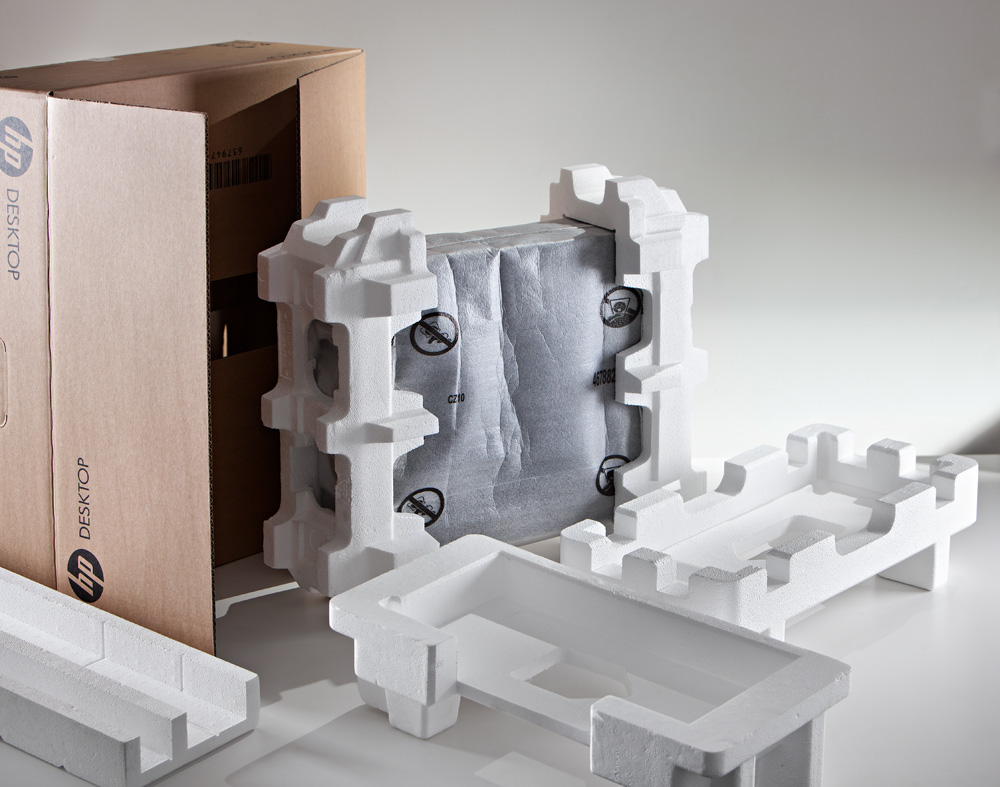Polystyrene is widely used for packaging materials, disposable cups, and food containers, among other applications. Recycling polystyrene is essential to reduce environmental pollution and conserve resources.
It’s important to note that polystyrene recycling faces some challenges due to the lightweight nature of the material, transportation costs, and contamination issues. As a result, not all recycling facilities accept polystyrene, and the recycling rates for this material can vary depending on the region. To promote more effective polystyrene recycling, it’s essential to raise awareness, support infrastructure development, and encourage businesses and individuals to participate in recycling programs.
Here’s how the recycling process typically works:
Collection: The first step is to collect used polystyrene products. This can be done through various means, such as curbside recycling programs, drop-off centers, or commercial recycling collection services.
Sorting: Once collected, the polystyrene waste is transported to a recycling facility where it undergoes sorting. The sorting process separates polystyrene from other types of materials like paper, cardboard, and other plastics.
Cleaning: Polystyrene waste may contain dirt, food residues, or other contaminants, so it needs to be thoroughly cleaned. Hot water and detergent are often used to clean the material.
Size Reduction: After cleaning, the polystyrene is shredded into small pieces or beads. This process increases the surface area and helps prepare the material for further processing.
Extrusion or Melting: They are two main methods for recycling polystyrene:
Manufacturing: Recycled polystyrene pellets or monomers are used in the manufacturing of various products. These products may include insulation materials, picture frames, office supplies, or new food containers.
